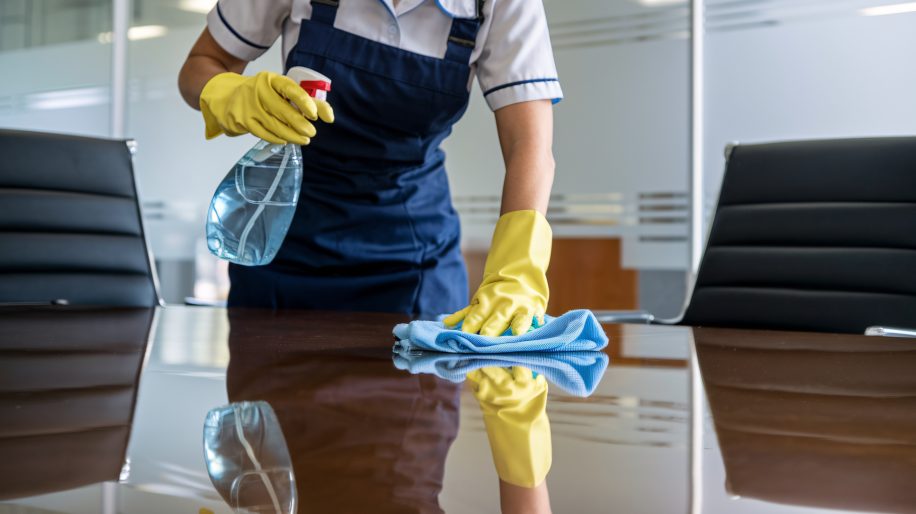Cleaning during allergy season

Allergy season is in full swing, and cleaning can become a crucial part of maximizing the employee and guest experience in your building. As hay fever season progresses throughout the spring and summer, there are some cleaning practices that can exacerbate symptoms, rather than improving air quality and indoor conditions.
Indoor allergens are common, from dust mites in carpets and upholstery to mould spores in damp places, to pollen that can drift in through open windows, bay doors, or on people’s clothing. Developing cleaning strategies to address these allergens can help make your space more enjoyable and safer for guests and staff.
Cleaning schedules and protocols
Often when allergy season arrives, cleaners spend extra time sanitizing surfaces and vacuuming to try and contain dust and dirt, but this can actually stir up more pollen, potentially making symptoms worse. Develop a regular cleaning schedule, rather than targeting certain areas “as needed,” using a damp cloth to try and limit the dust and pollen being released into the air. Replace cloths regularly to ensure they remain an effective cleaning tool. Ensure that your schedule includes cleaning “out of sight” areas like inside lamp shades and around vents where dust and allergens can collect.
Also, opening windows and bay doors in the early morning and evening (during low pollen times) can help add ventilation to your interior, making the air cleaner and more breathable. Focusing on increasing IAQ and limiting mould growth with monitored humidity will also help minimize dust and allergens in the air.
Products and equipment
Using equipment that targets dust, like a vacuum cleaner with a HEPA filter, can help enhance your cleaning efforts by trapping allergens, rather than releasing them into the air. Some cleaning chemicals can worsen allergy symptoms, so focusing on greener, fragrance- and chemical-free products can help minimize triggering allergy symptoms. Look for product certifications like ECOLOGO®, a Canadian certification given to products with verified reduced environmental impact, to avoid greenwashed products that will not help your efforts.
Indoor plants can also help improve IAQ and remove allergens from the air, absorbing airborne contaminants and removing common toxins such as formaldehyde and benzene while increasing humidity levels. Adding indoor plants can help make the environment more aesthetically pleasing, while helping to contribute to better air quality and reducing allergen triggers.
Cleaning with intent can help janitorial staff and maintenance managers provide a safer, more enjoyable, allergen-free environment.
The post Cleaning during allergy season appeared first on REMINET.

